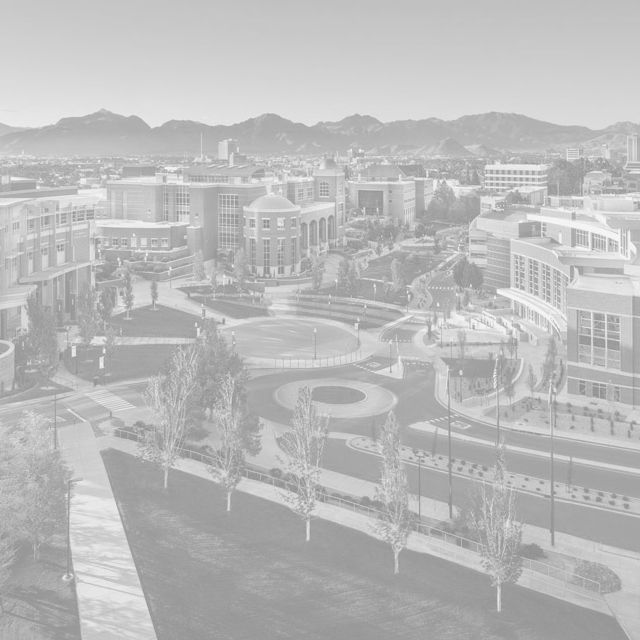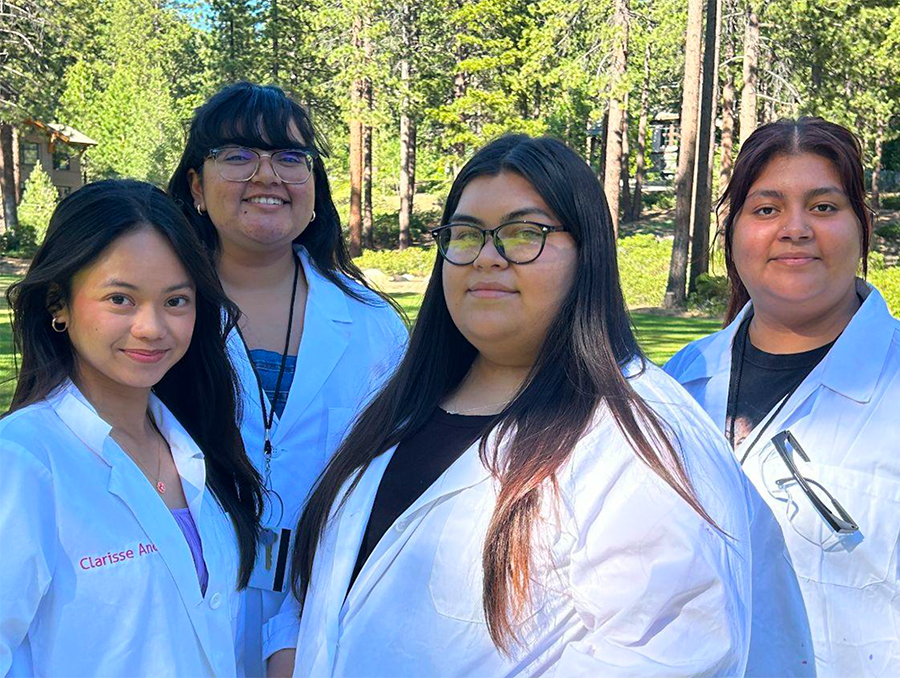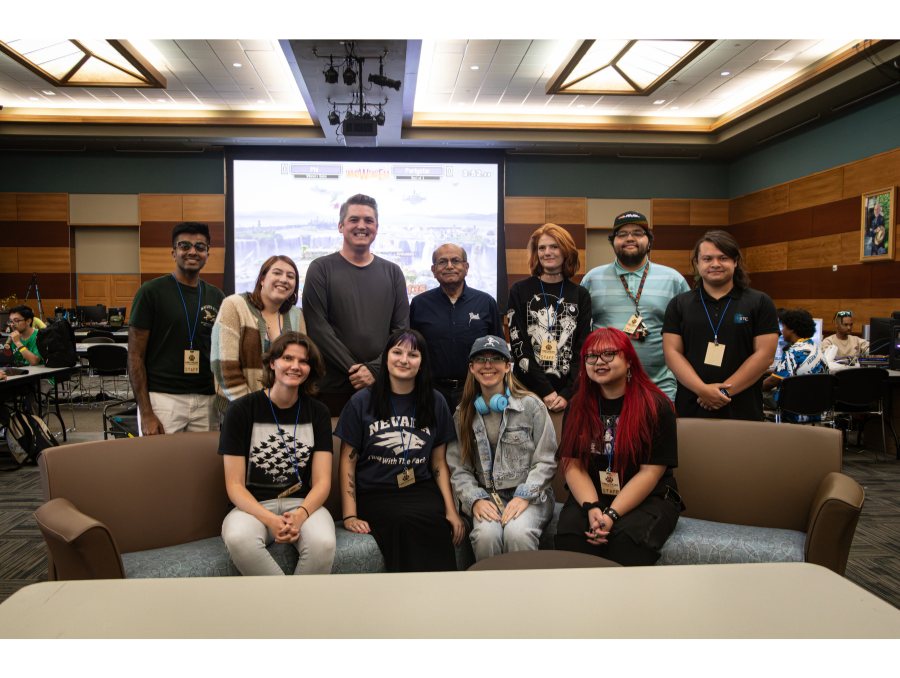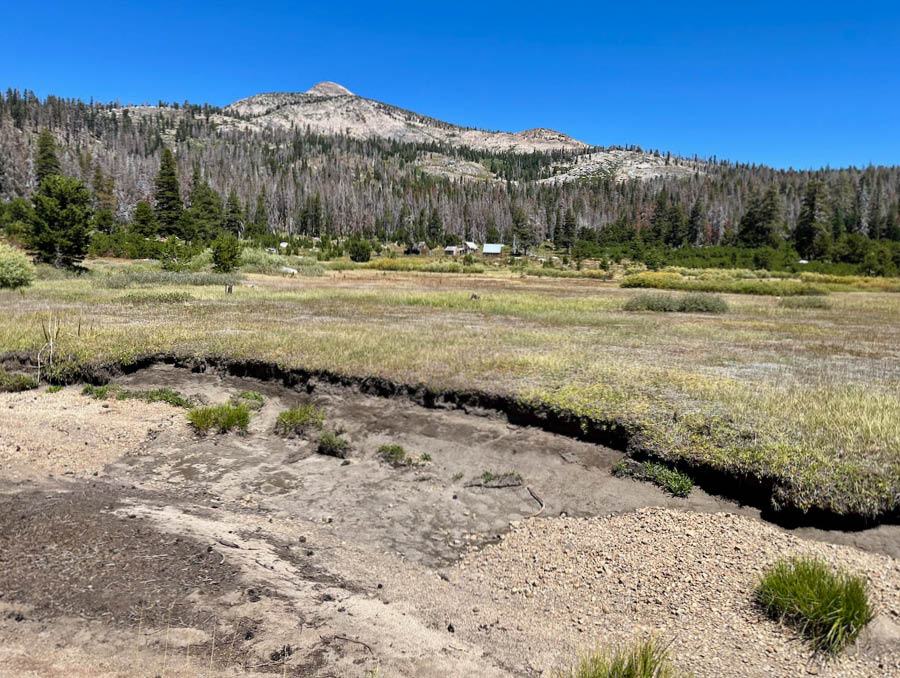Celebrate World Space Week by exploring the Universe
The Fleischmann Planetarium is the place to be for anyone who wishes to learn more about Space
“We are all in the gutter, but some of us are looking at the stars.” — Oscar Wilde
Exploring space. Looking for life on Venus. Or enjoying the benefits of satellites to connect us to telescopes around the planet.
Even while we’re wisely taking every precaution for health and safety here on campus, excitingly we can still explore — “discover science” — and celebrate the stars. All while advancing human knowledge, technology and understanding.
Thanks to the work of University of Nevada, Reno researchers, scientists and educators like astrophysicist Dr. Melodi Rodrigue, we can explore the interaction of galaxies.
Dr. Wendy Calvin is helping us probe the mysteries of Mars.
And Dr. Richard Plotkin is helping us discover the true nature of black holes.
Now you too can join them in these far-reaching pursuits.
Here at Nevada’s first Space Place, the Fleischmann Planetarium, we’re working to provide opportunities for everyone to explore space, from learning about possible microbes on other planets to scanning the light of the most distant quasars in the universe.
These last few weeks we’ve created a host of new small group programs for families and households, including Mission Moon, Seeing Stars, and a Guide to the Galaxies.
Through live tours of the night sky, spectacular dome shows, and the use of robotically-controlled telescopes, you too can boldly go where no one has gone before.
In particular, thanks to an amazing new collaboration, you can even explore the deepest reaches of space from the comfort of your couch or smart phone.
The University's Planetarium was the first in the nation to work with an organization called Slooh to provide access to world-class telescopes in the Canary Islands and Chile.
Through the Fleischmann Planetarium’s new “Star Walker’s Club,” you can point these remote telescopes on the top of mountains — high above clouds and away from light pollution — at the Moon, Mars, planets, stars and galaxies. You can capture your own images, collect the greatest wonders in the cosmos, and learn about our place in space.
Using these robotic telescopes along with game-based challenges created through the support of the National Science Foundation, this collaboration allows members of all ages the opportunity to set up actual missions, view targets live, and earn digital badges to recognize accomplishments while “leveling up” as astronomers.
Through dozens of quests, you can discover the life cycle of stars, explore the various groups of galaxies or even go on a Messier Marathon of the most awe-inspiring objects ever seen.
Joining fellow space enthusiasts — students and adults — from Nevada and around the world, my wife and daughters and I have pointed these scopes to:
- witness the Moon pass in front of Mars and eclipse the Sun;
- see a star blowing off its outer shells to form a white dwarf;
- watch new suns and solar systems take shape in the glow of giant molecular clouds of gas;
- and discover a galaxy in the direction of the Big Dipper tug on a neighboring galaxy, triggering an explosive burst of new stars and lighting up the heavens.
These are some of the greatest experiences of my life — right from the safety of our living room.
COVID and wildfires have made this one of the most challenging years ever for students, schools and science centers. But together we can still reach for the stars.
We’d love for you join us — in person or online — and continue exploring.














